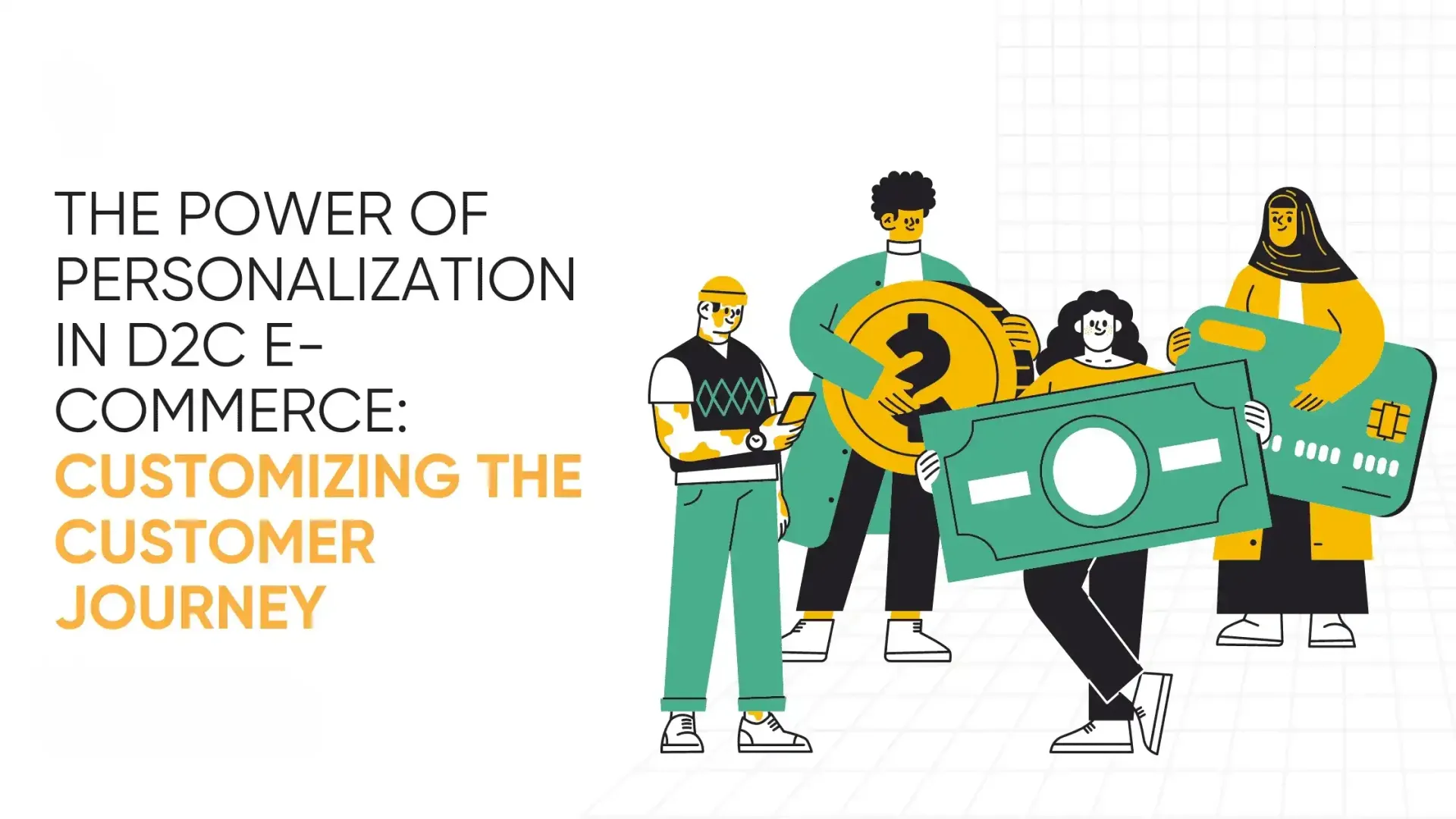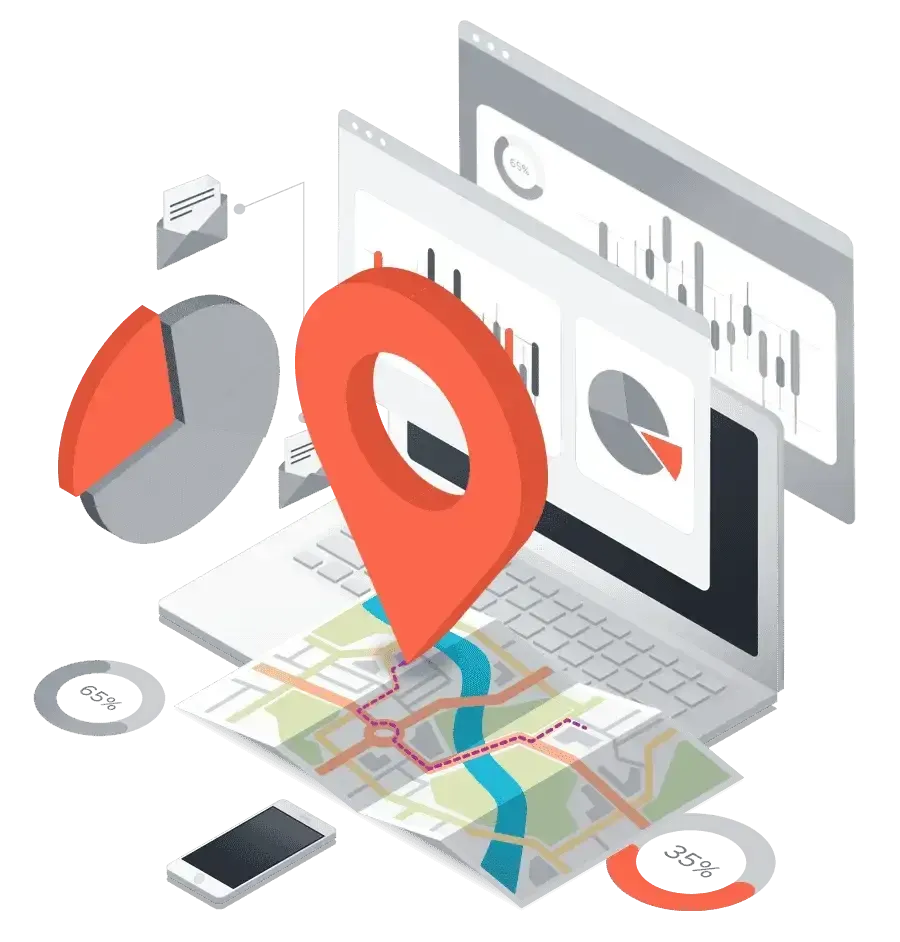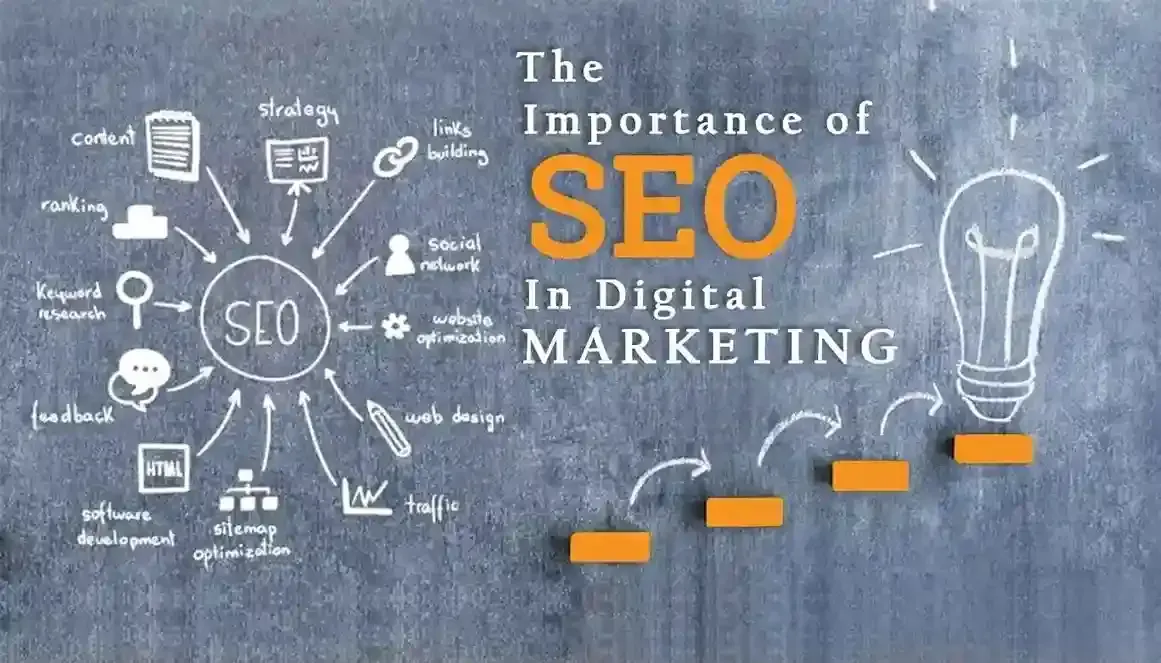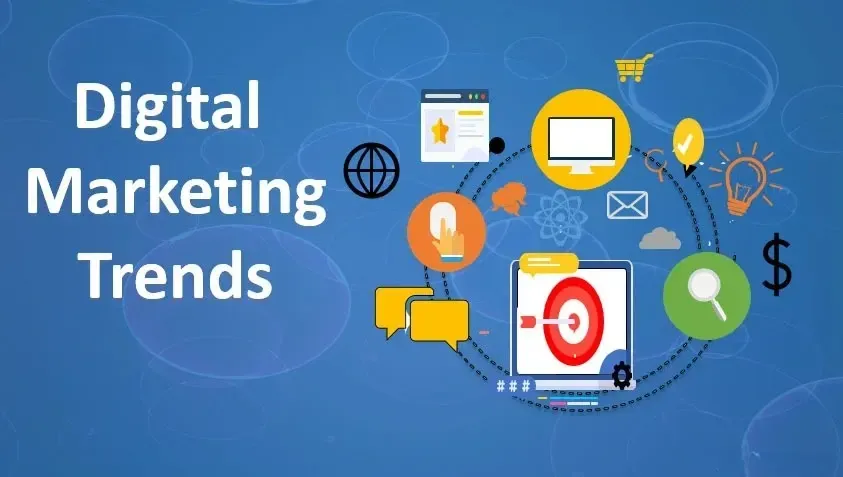D2C Personalization: A Guide to Data-Driven Growth

Why Your D2C Brand's Future Depends on Owning Your Customer Data
In the world of Direct-to-Consumer (D2C) commerce, one truth has become crystal clear: the brands that thrive are those that deeply understand their customers. Forget generic marketing campaigns; in 2025, it's all about hyper-personalization. And the secret sauce? First-party customer data.
As third-party cookies fade into the digital sunset, your D2C brand's ability to collect, analyze, and act on the data you own directly from your customers isn't just an advantage—it's foundational. This isn't just about showing the right product to the right person; it's about crafting an entire customer journey that feels tailor-made, building trust, and fostering unwavering loyalty.
This guide will walk you through how to transform your D2C data strategy from a buzzword into your most powerful growth engine.
Understanding First-Party Data: Your D2C Superpower
What Exactly is First-Party Data?
Simply put, first-party data is information your D2C brand collects directly from its customers and website visitors. It’s the gold standard because it’s accurate, relevant, and you own it outright.
- Website Behavior: Pages visited, products viewed, time spent on site, clicks.
- Purchase History: What they bought, when, how much, and how often.
- Customer Interactions: Support tickets, live chat transcripts, email engagements.
- Zero-Party Data: Information customers voluntarily share (e.g., preferences from quizzes, surveys, or profile settings). This is incredibly valuable as it comes directly from the source!
Why It Outperforms Third-Party Data for D2C Brands
While third-party data (collected by external sources for broad targeting) is losing its steam due to privacy concerns and browser restrictions, first-party data offers:
- Accuracy: It's real data from your actual customers.
- Relevance: It directly reflects their interactions with your brand.
- Trust: When customers explicitly share data with you, it builds a relationship based on transparency.
- Future-Proofing: You control it, making your marketing efforts resilient to external changes.
For D2C brands, this direct data ownership is the ultimate competitive advantage. It allows you to move beyond assumptions and base your strategy on concrete customer insights.
The Pillars of a Winning D2C First-Party Data Strategy
Pillar 1: Ethical & Effective Data Collection
Collecting data isn't just about quantity; it's about quality and transparency.
- Website Analytics: Tools like Google Analytics 4 (GA4) are crucial for tracking user behavior on your site. Ensure proper setup to capture meaningful insights.
- Customer Relationship Management (CRM) Systems: Implement a robust CRM to centralize all customer interactions, purchase history, and communication preferences.
- Email & SMS Sign-ups: Offer compelling incentives (discounts, exclusive content) for customers to opt-in to your marketing communications. This is a direct pipeline for valuable zero-party data.
- Interactive Content (Quizzes & Surveys): Use quizzes ("Find Your Perfect Product") or post-purchase surveys to gather preferences, interests, and feedback directly from customers. This zero-party data is incredibly powerful.
- Pop-ups & On-site Personalization: Strategically placed pop-ups can capture email addresses or offer personalized suggestions based on browsing history.
Pillar 2: Centralized Storage & Smart Segmentation
Raw data is just noise without organization and analysis.
Customer Data Platforms (CDPs): For larger D2C brands, a CDP unifies customer data from all your sources (CRM, website, email, social) into a single, comprehensive customer profile. This provides a 360-degree view of each customer.
Segmentation is Key: Don't treat all customers the same. Segment your audience based on:
- Demographics: (Age, location – if provided)
- Psychographics: (Interests, values, lifestyle – often inferred from purchases or zero-party data)
- Behavioral: (Browsing history, cart abandonment, purchase frequency, last purchase date). Think RFM (Recency, Frequency, Monetary) analysis.
- Customer Lifetime Value (CLV): Segmenting by CLV allows you to prioritize and tailor experiences for your most valuable customers.
Pillar 3: Activating Data for Hyper-Personalization
This is where the magic happens – translating insights into unforgettable customer experiences.
Personalized Website Experiences:
- Dynamic Content: Show different homepage banners, product recommendations, or promotions based on a user's past behavior or location.
- Personalized Product Recommendations: Leverage AI-powered tools to suggest products based on purchase history, browsing patterns, and similar customer behavior.
- Abandoned Cart Recovery: Automated emails or SMS messages reminding customers about items left in their cart, often with a subtle incentive.
Targeted Email & SMS Marketing:
- Welcome Series: Onboarding new subscribers with tailored content based on their initial interest.
- Post-Purchase Follow-ups: Beyond shipping confirmations, offer related products, care instructions, or solicit reviews.
- Re-engagement Campaigns: Win back inactive customers with personalized offers or content based on their past interactions.
- Birthday/Anniversary Campaigns: Celebrate special occasions with personalized greetings and exclusive discounts.
Customer Service & Support:
- Contextual Support: Empower your customer service team with a full view of a customer's history, allowing them to provide faster, more relevant support.
- Proactive Outreach: Use data to anticipate potential issues or offer help before a customer even asks.
Optimized Paid Advertising:
- Lookalike Audiences: Use your first-party data to create lookalike audiences on social platforms, finding new customers who resemble your best existing ones.
- Retargeting: Show highly relevant ads to users who visited specific product pages but didn't convert.
Overcoming Challenges: The Path to D2C Data Mastery
Implementing a robust first-party data strategy isn't without its hurdles.
- Data Silos: Ensure your different systems (CRM, e-commerce platform, email marketing) can communicate and share data effectively. A CDP is often the solution here.
- Privacy Compliance (CCPA, GDPR): Always prioritize customer privacy. Be transparent about data collection and give customers control over their information. This builds trust, which is invaluable.
- Resource Allocation: Investing in the right tools and personnel (data analysts, marketing automation specialists) is crucial.
- Starting Small: You don't need to implement everything at once. Begin with a clear goal, like improving abandoned cart recovery with personalized emails, and build from there.
The Future is Personalized: Start Building Your D2C Data Advantage Today
The D2C landscape is defined by direct relationships. By effectively harnessing your first-party customer data, you're not just optimizing your marketing; you're fundamentally strengthening those relationships.
Imagine every customer interaction feeling intuitive, thoughtful, and genuinely helpful. That's the power of personalization driven by your own data. It leads to higher conversion rate optimization (CRO), increased customer lifetime value, and a loyal community that champions your brand.
Don't wait for third-party cookies to completely disappear. Start building your D2C data advantage now, and watch your brand not just survive, but truly flourish.










